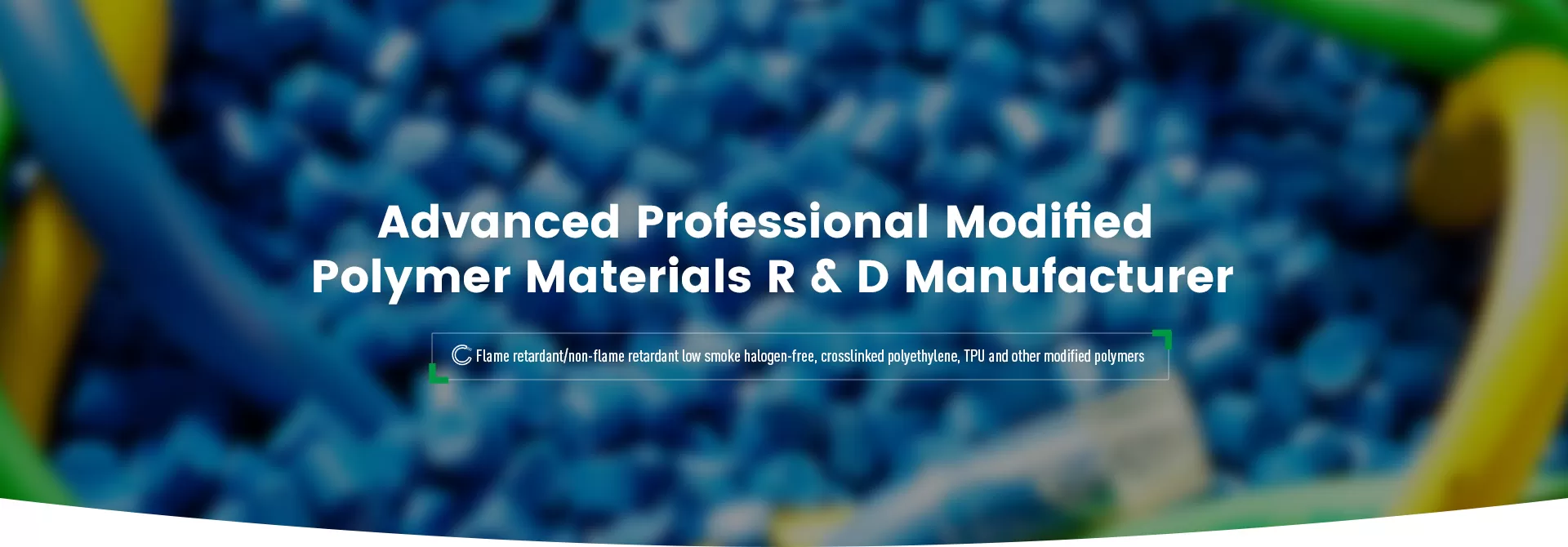
Thermoplastic Polyurethane (TPU) are widely used in subsea and specialty cables due to their excellent mechanical properties, flexibility, and abrasion resistance. However, in underwater environments, the hydrolysis resistance of TPU cable materials is a key factor in determining the life and performance of TPU cable jackets. One key parameter that affects hydrolysis resistance is the density of the TPU. By optimizing TPU density, manufacturers can improve the durability of the material and ensure excellent performance in harsh, wet conditions.
This article explores how TPU density affects hydrolysis resistance and provides strategies for optimizing TPU density in subsea and specialty cable applications.
The density of a thermoplastic polyurethane is a measure of its mass per unit volume and is usually expressed in g/cm³.
It is affected by the molecular structure, formulation, and processing methods of the polymer. TPU density plays a critical role in:
Water absorption: TPUs with higher density are more compact, which reduces water penetration.
Mechanical properties: Density affects flexibility, impact resistance, and durability.
Chemical resistance: Proper adjustment of TPU density can enhance hydrolysis resistance and extend cable life.
Hydrolysis occurs when TPU reacts with water, resulting in degradation, reduced mechanical strength, and cracking over time. In underwater cable applications, this can lead to insulation failure and performance degradation.
To optimize TPU density for improved hydrolysis resistance, cable material manufacturers must consider several factors:
TPU consists of hard segments (HS) and soft segments (SS).
The HS content directly affects the density:
Higher HS content → increased density → improved hydrolysis resistance.
Lower HS content → reduced density → enhanced flexibility but reduced resistance to water degradation.
Adjusting this ratio allows manufacturers to balance hydrolysis resistance and desired mechanical properties.
TPUs with higher molecular weights generally have greater density and a tighter polymer network, which improves resistance to water absorption and hydrolysis.
The addition of specific additives can modify TPU density while enhancing hydrolysis resistance:
Silica-based fillers - increase density and form a water-resistant barrier.
Antioxidants and UV stabilizers - increase service life in harsh conditions.
Fluoropolymers - reduce moisture absorption and enhance chemical stability.
Foam TPU has a low density due to its air-filled structure, making it unsuitable for high humidity environments. Solid TPU formulations with controlled density provide better water resistance and mechanical strength for underwater cables.

Foamed TPU Cable Material.Can be Used for Underwater Cables and Ship Cables.
To maximize hydrolysis resistance, TPU formulations should be adjusted according to the following principles:
High-Density TPU (≥1.2 g/cm³) is the preferred choice for submarine cables due to its low water permeability. Manufacturers should select grades Specifically designed for long-term underwater exposure.
The introduction of cross-linking agents can slightly increase TPU density while significantly improving resistance to hydrolytic degradation. Copolymerization with moisture-resistant polymers can further improve performance.
The use of multi-layer TPU jackets allows for a mixed density approach:
Inner layer: medium-density TPU for flexibility and mechanical support.
Outer layer: high-density TPU for excellent hydrolysis and chemical resistance.
This combination ensures durability while maintaining the necessary flexibility.
To ensure optimal TPU density and hydrolysis resistance, manufacturers should conduct:
Water absorption testing (ASTM D570) to evaluate moisture absorption.
Hydrolysis aging testing to evaluate material degradation over time.
Density analysis to confirm production consistency.
| TPU Density (g/cm^3) | Water Absorption Rate | Hydrolysis Resistance | Flexibility | Typical Applications |
| <1.1 (Low) | High | Poor | High | Standard industrial cables, general-purpose applications |
| 1.1 - 1.2 (Medium) | Moderate | Moderate | Medium | Flexible marine cables, robotic cables |
| >1.2 (High) | Low | Excellent | Lower | Submarine cables, high-performance specialty cables |
By fine-tuning the density of thermoplastic polyurethanes, Angreen Advanced Materials can enable cable manufacturers to achieve:
✅ Enhanced hydrolysis resistance - Reduced degradation in wet conditions.
✅ Improved mechanical durability - Ensure long-term performance in deep sea environments.
✅ Better chemical stability - Resistant to oils, solvents and marine pollutants.
✅ Extended service life - Minimizes maintenance and replacement costs.
Conclusion
For subsea and specialty cable applications, optimizing TPU density is a key factor in improving hydrolysis resistance. By carefully tuning polymer composition, selecting high-density TPU grades and incorporating moisture barrier additives, manufacturers can significantly improve cable durability and performance in demanding underwater conditions.
As the demand for high-performance underwater cables continues to grow, TPU material innovation will continue to play a key role in ensuring reliable, long-lasting solutions.